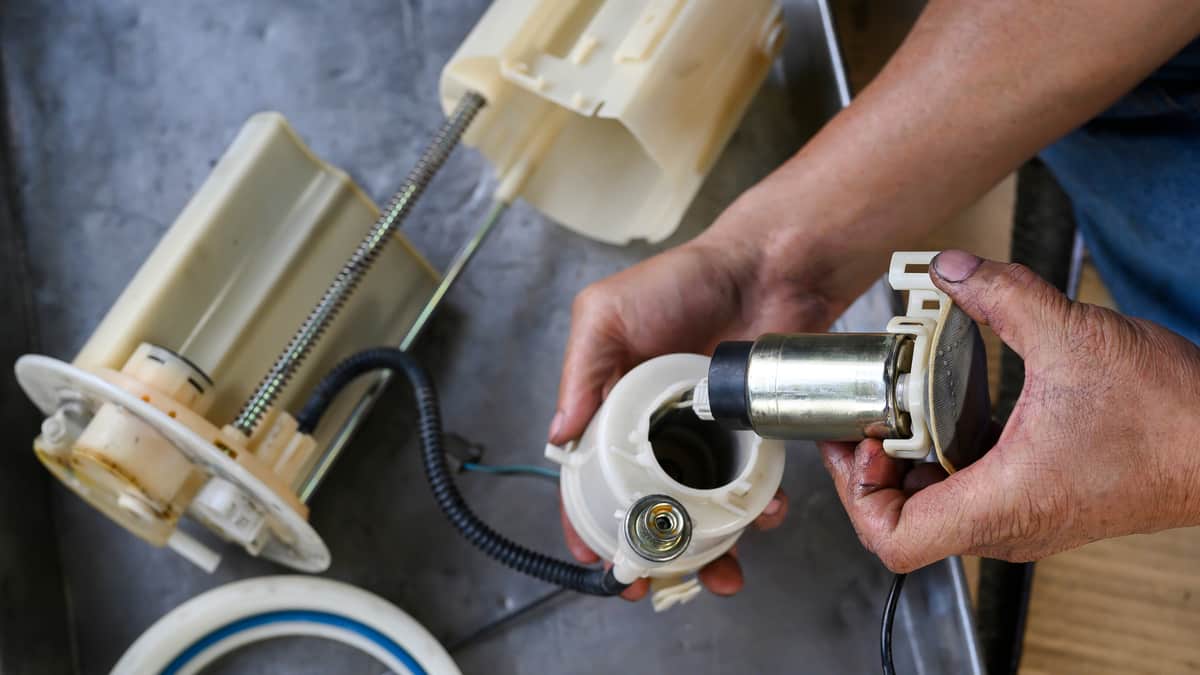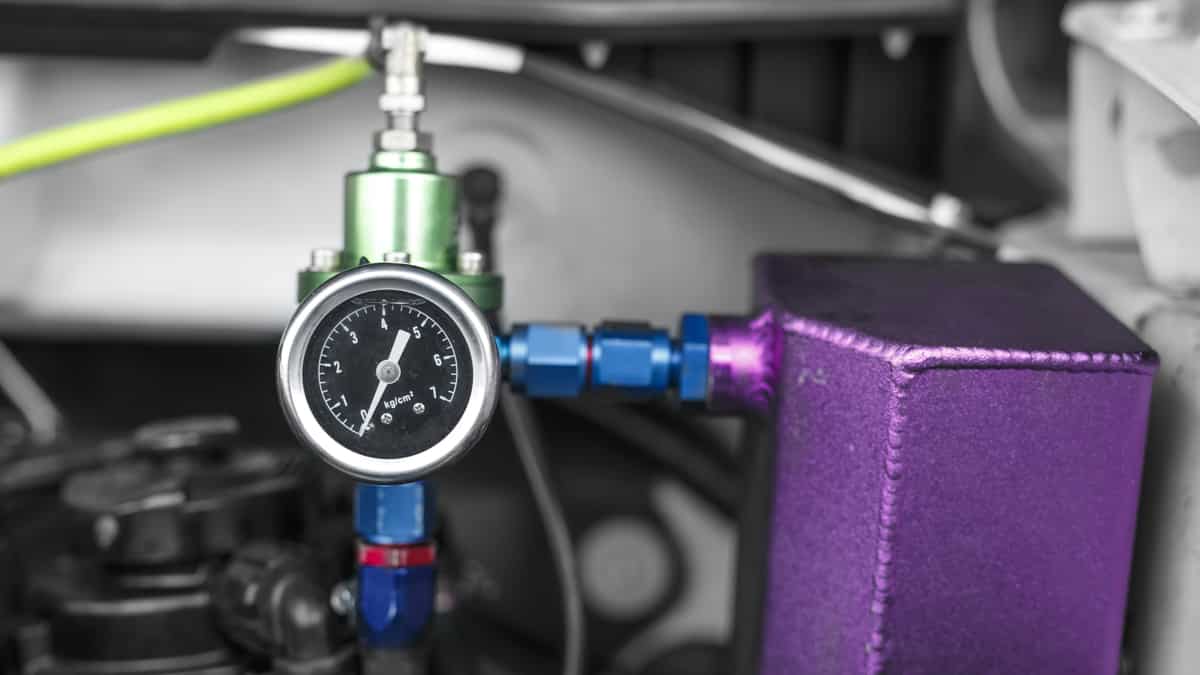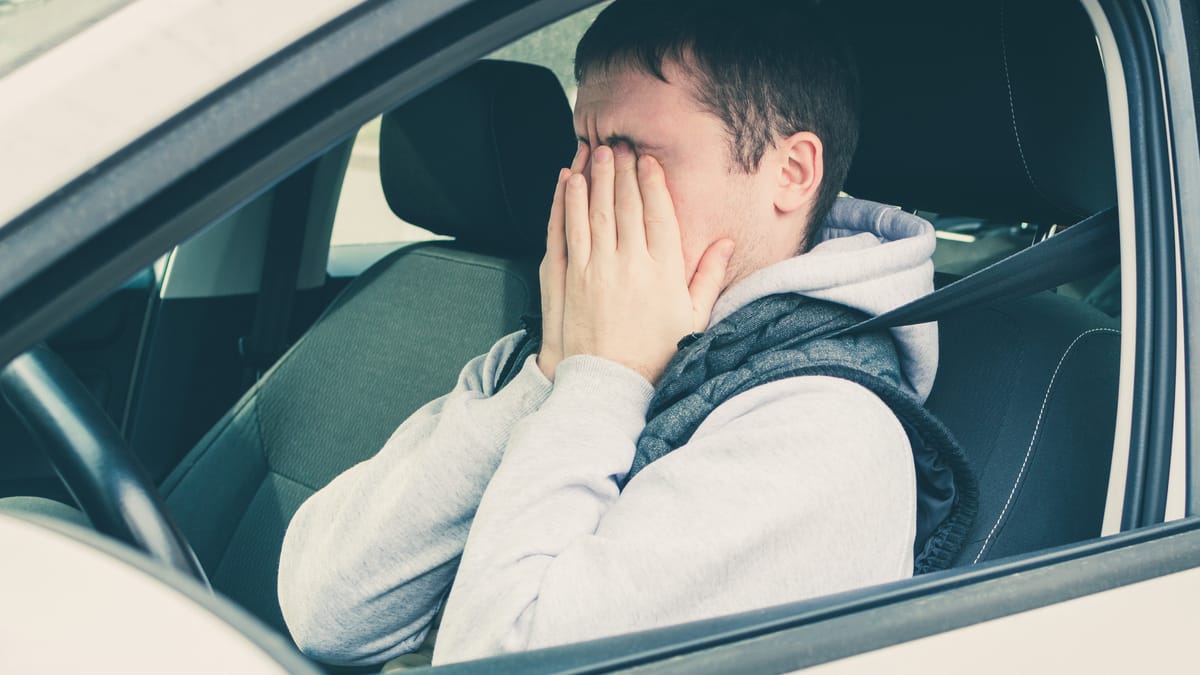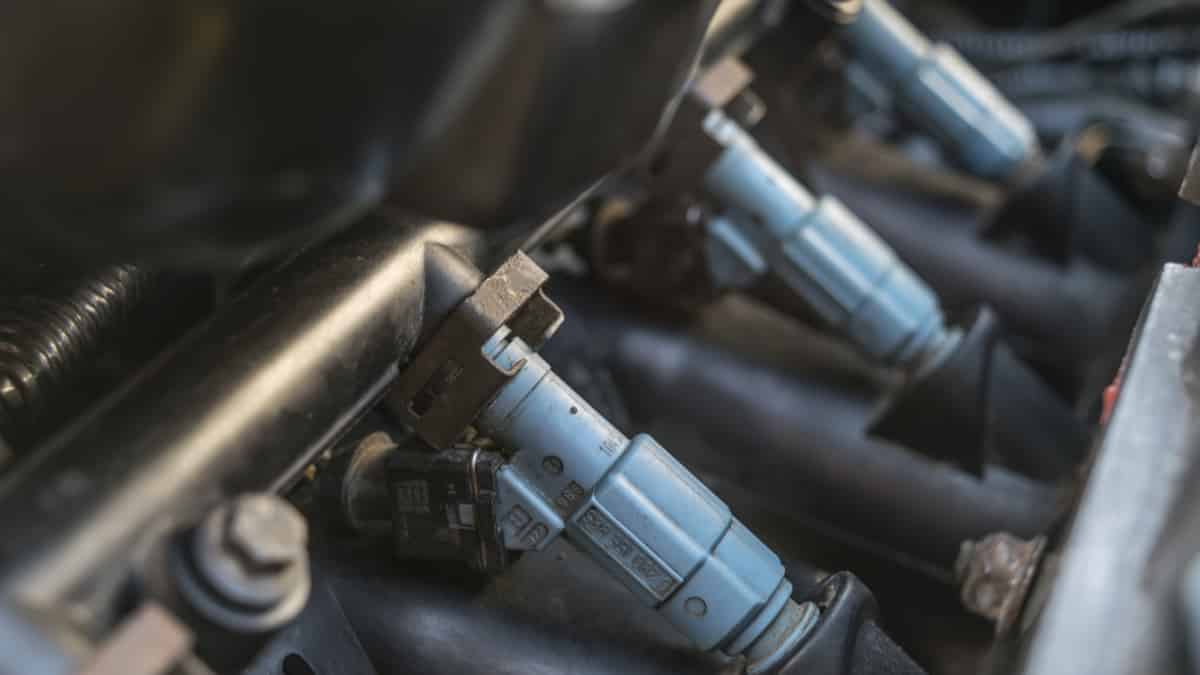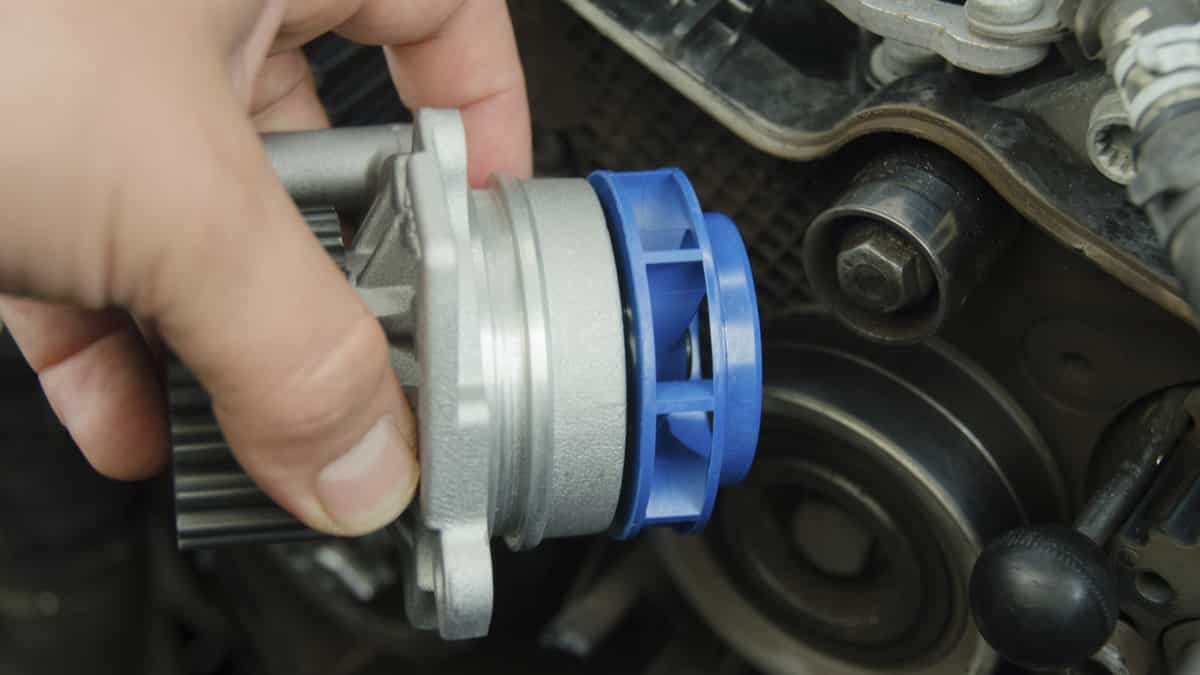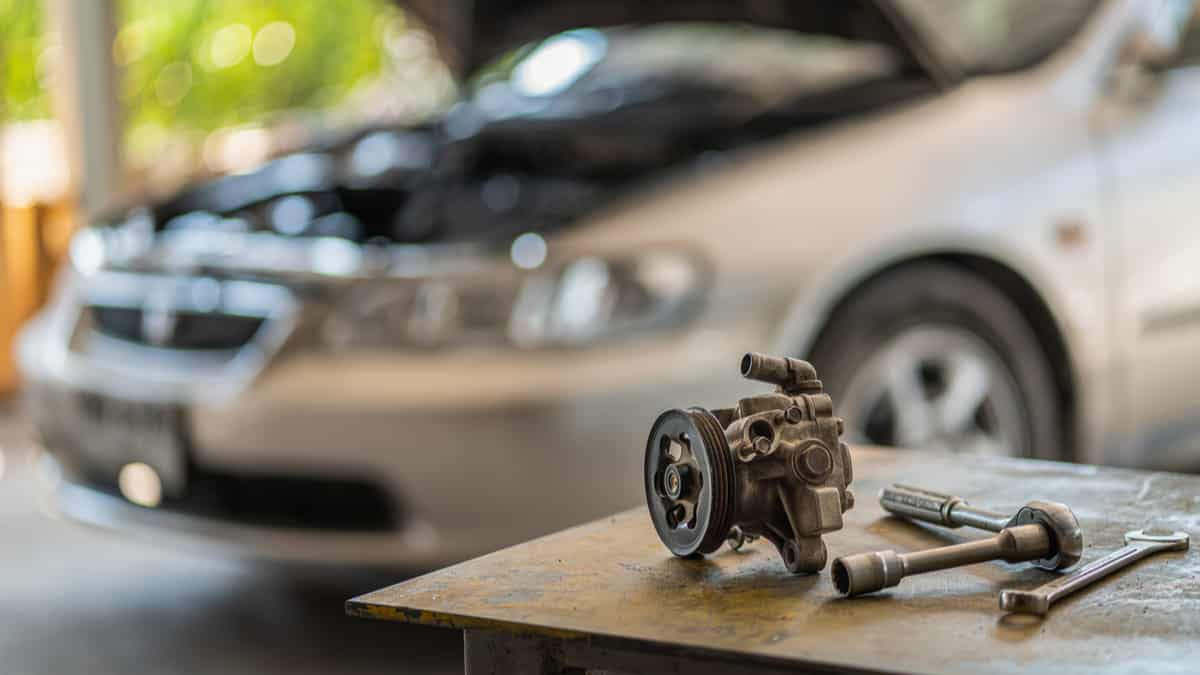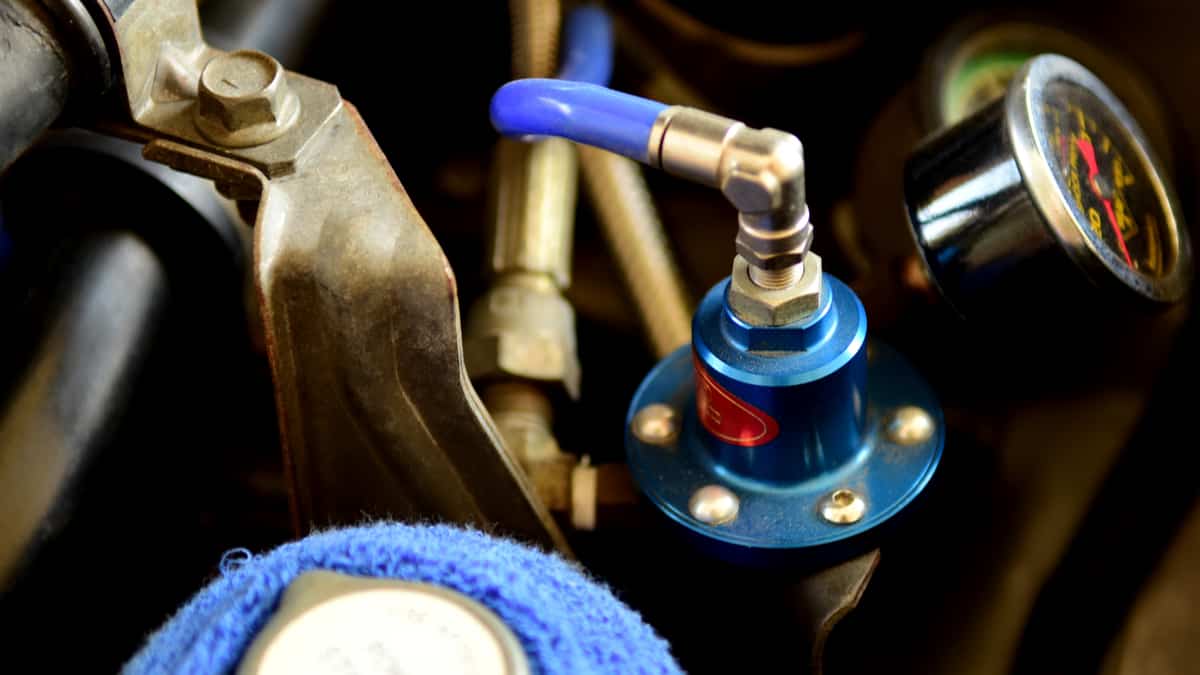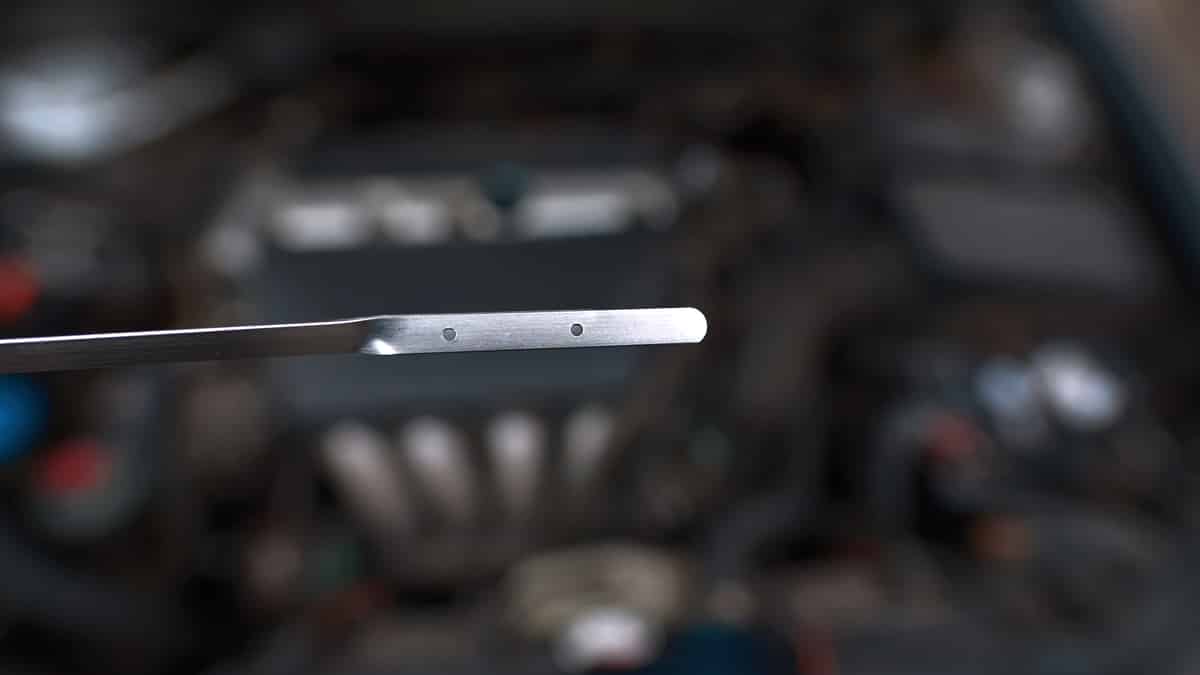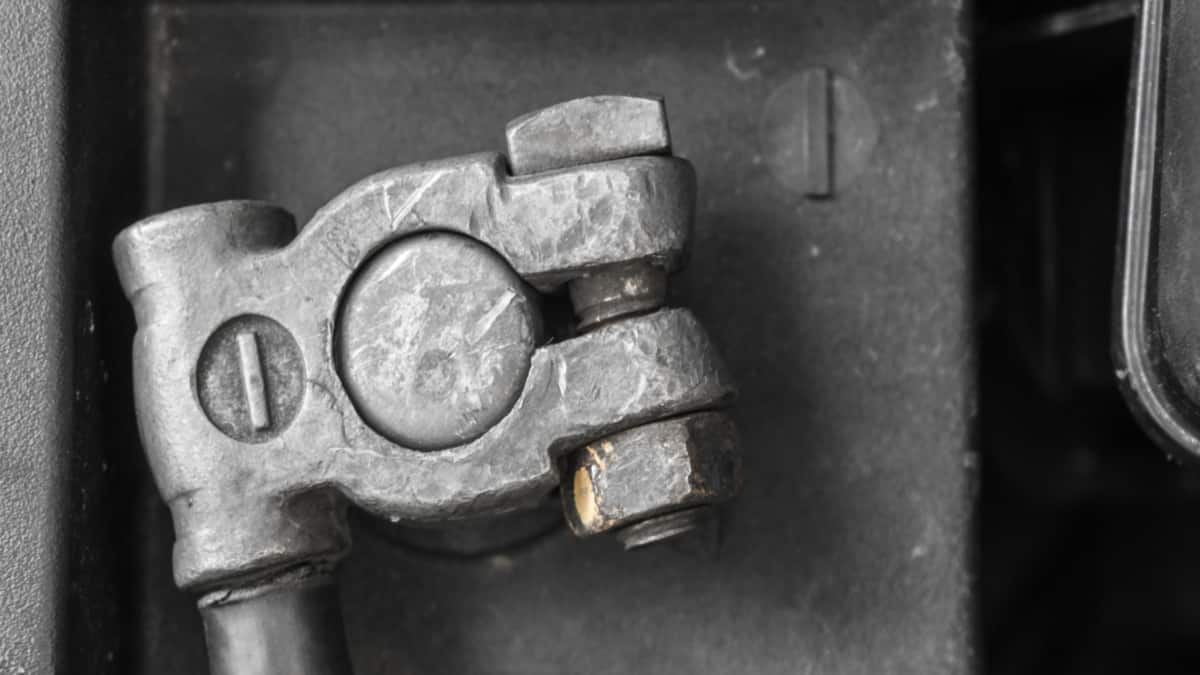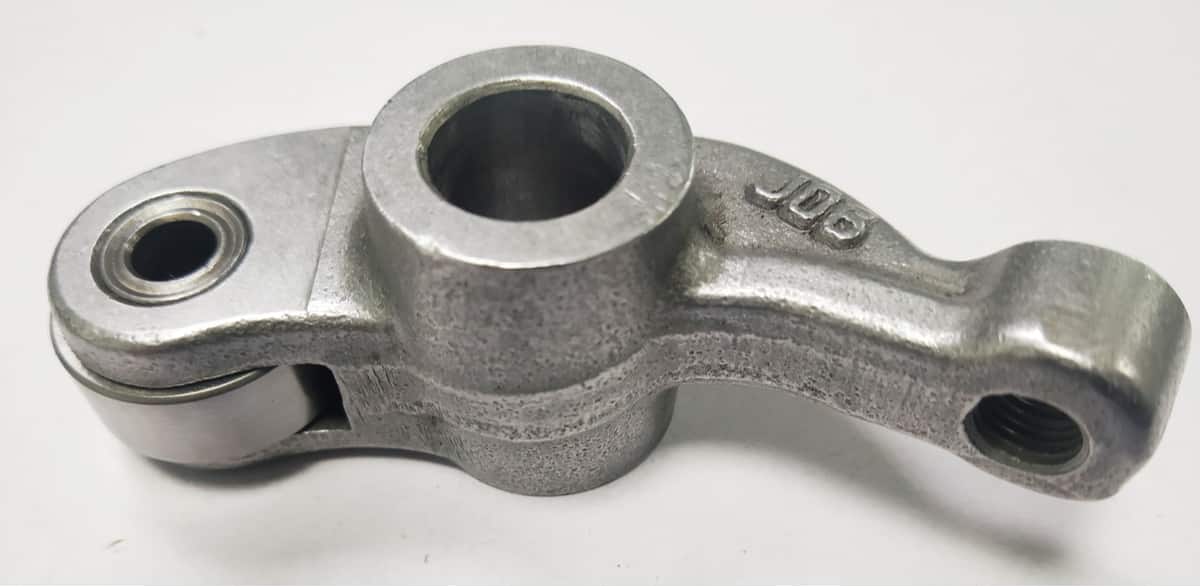The fuel system is what ensures the engine of your car gets the gas it needs to keep going. If there’s a problem with the fuel system, you could run into trouble as you try to get to your next destination. That’s why it’s important to recognize the bad fuel pump symptoms, so you can take action quickly.
In this guide, we show you the symptoms of a bad fuel pump and discuss what it might cost to fix it. We also show you where the fuel pump is located and tell you how it works. Finally, you will get some answers to questions you’ve had about the fuel pump.
Symptoms Of A Bad Fuel Pump
When the fuel pump goes bad, the car won’t start. Before it fails completely, you may notice a stalling engine, excessive whining noises, engine sputtering, and decreased performance. It can also cause surging, misfiring, a Check Engine Light, worn spark plug tips, and low fuel pressure.
Here are the ten most common symptoms detailed in-depth.
1. Car Won’t Start
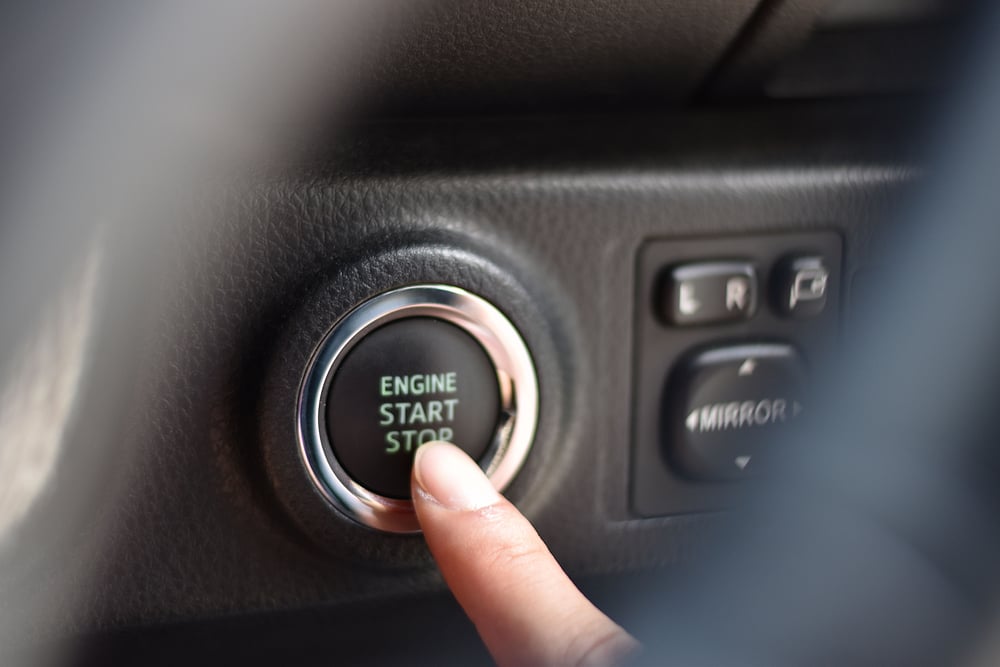
The fuel pump is needed to get the gas from the fuel tank into the engine. If the pump fails, you won’t get the gas needed to start the car.
Prior to its complete failure, you may start having trouble getting the engine going. That’s when you want to take action so you aren’t left stranded.
2. Stalling Engine

As the pump fails to send gas into the engine, the motor starves. There won’t be enough fuel to mix with the air and stalling can occur.
What’s worse is that while the engine tries to work harder to get fuel, the lean condition can damage the catalytic converter. This would lead to a whole host of other repair costs you don’t want to deal with.
3. Excessive Whine From Fuel Pump
As the fuel pump starts to go bad, you may hear a whining noise. When the fuel pump operates normally, it’s not uncommon to hear a humming sound while the fuel is being distributed. However, when this turns into a whine, you know the pump is struggling.
As professional mechanics, we’ve grown accustomed to what this sounds like and can sometimes diagnose a bad fuel pump just from listening. However, you may not know the noise if you are unfamiliar with it, or it could resemble the same sound the car makes when it is running out of fuel.
4. Engine Sputtering
What happens when the engine can’t get the right amount of fuel? It’s going to start sputtering, especially during acceleration.
The engine needs a continuous stream of fuel to run correctly. If it doesn’t get it, sputtering will start and sometimes it can be bad enough to stall the engine, as discussed above.
5. Low Engine Performance
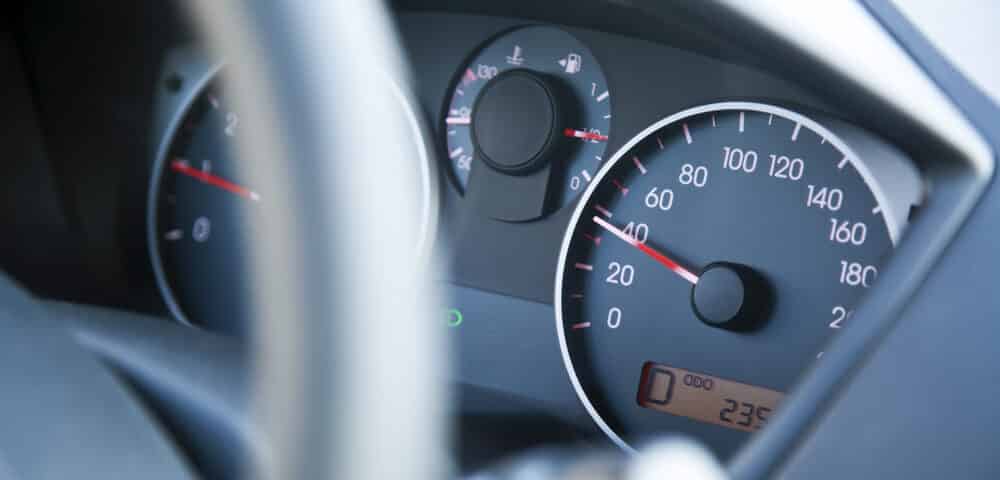
There’s also going to be a lack of power when the engine demands more fuel. If you are trying to accelerate, you may notice a lag until the fuel is delivered.
You can also spot this problem when you head up a steep hill or you have loaded the vehicle with cargo. The more stress the engine is under while the pump is failing, the worse the performance will be.
6. Surging Performance
There’s an opposite problem that many don’t think about. After the engine loses power, it’s going to surge once fuel gets delivered again.
When this happens, you may not be prepared for the power surge. The speed can spike and drop suddenly, making it harder to control the vehicle.
7. Misfiring Engine
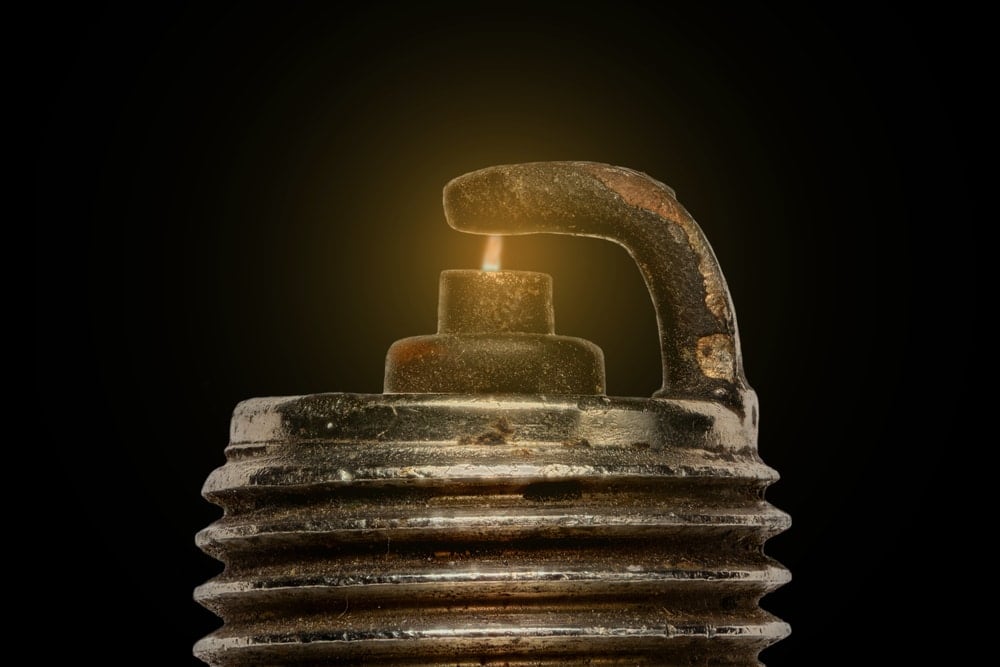
Engine misfires happen when combustion doesn’t complete as it should. One or more cylinders remain unfired during a misfire.
These problems can occur when you are starting the engine up or while the engine is running. Because the engine doesn’t have enough fuel, it exhibits a loss of power and a misfire, often at the same time.
8. Check Engine Light Illuminates
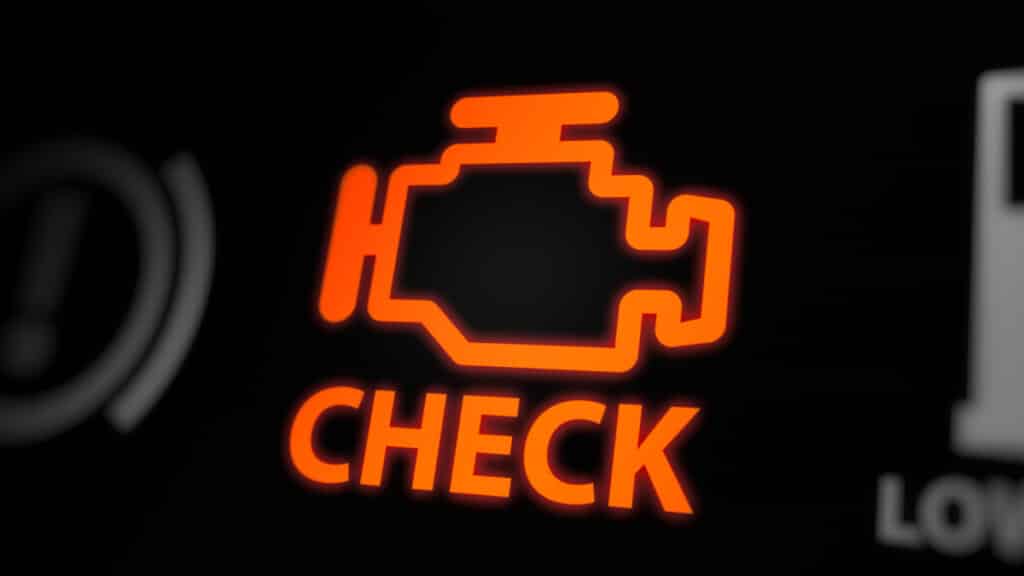
When there’s a fault with the engine, the computer sets a code to tell you what’s going on. You can read this information with a compatible code scanner. Our DTC library helps you discern the meaning.
Sadly, cars don’t have a specific warning light just for the fuel system, but you will most likely find a check engine light on the dashboard and a fuel pressure-related trouble code stored. The only one that has to do with fuel directly is the light that comes on when it’s time to visit the gas station because the tank is near empty.
9. Worn or White Spark Plug Tips
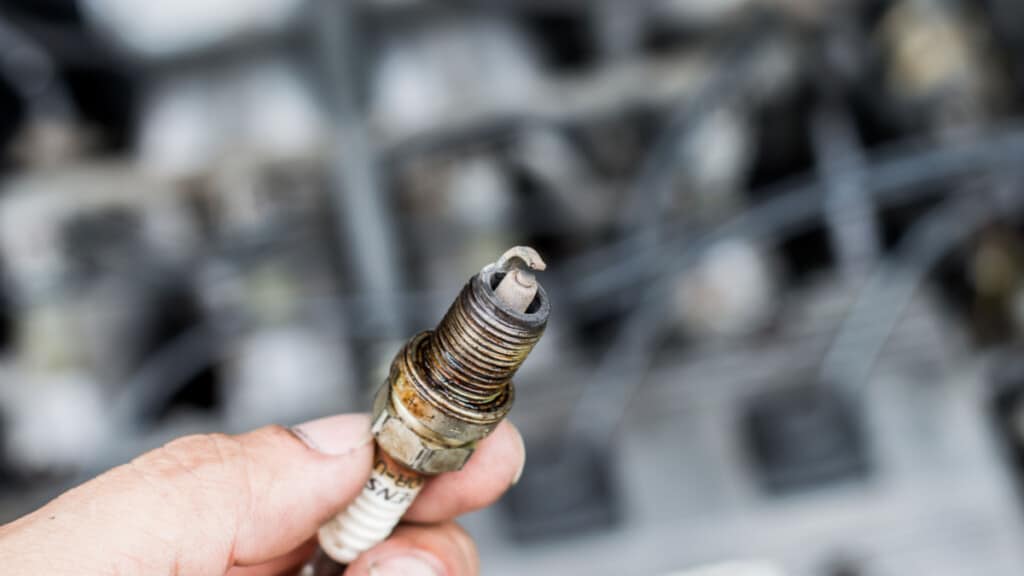
Knowing how to read your spark plugs help you determine when something has gone wrong. Unless combustion is occurring normally, the spark plugs are going to reveal underlying issues.
When the spark plug tips are white or worn, it indicates that the air-fuel mixture is lean. However, it can also be a sign of incorrect timing, using the wrong heat range or a loose plug.
10. Low Fuel Pressure (With Test)
With a fuel pressure tester, you can see how much fuel is being pumped into the engine. We discuss more about this process a little later in the article.
If your measurements give you a reading that indicates low fuel pressure, the pump could be to blame. However, low fuel pressure can also be an indication of a faulty regulator, a leaking injector or damaged lines.
What Is A Fuel Pump?
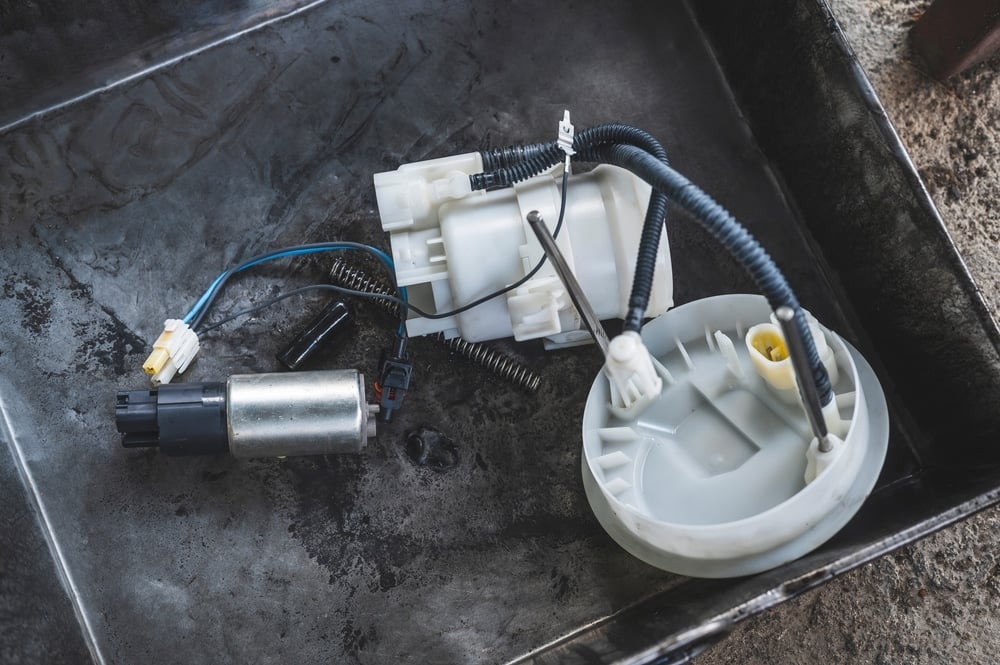
The fuel pump is responsible for delivering gasoline from the tank to the engine. Fuel is pumped out of the tank into lines that go to the injection system. The fuel is then injected into the engine to mix with the air for combustion.
Older vehicles have a different setup, but the fuel pump is still responsible for moving gas. In these vehicles, the fuel is sent to the carburetor.
There are also different types of fuel pumps, even though the basics remain the same. Your car may have a mechanical or electrical high-pressure fuel pump installed.
Where Is The Fuel Pump Located?
Vehicles equipped with fuel injection have a fuel pump that’s found inside the tank. If your vehicle has gasoline direct injection (GDI), there’s also a second pump located near the fuel rail.
Most primary fuel pumps are an entire assembly that includes a float and sensor inside. The pump pulls the fuel through a filter near the bottom of the tank and transfers it to the outlet tube, sending it toward the engine.
With the GDI system, the primary pump supplies the fuel to the secondary pump at the fuel rail. This secondary pump is run by the camshaft, causing it to compress and pressurize the fuel.
How To Test A Fuel Pump
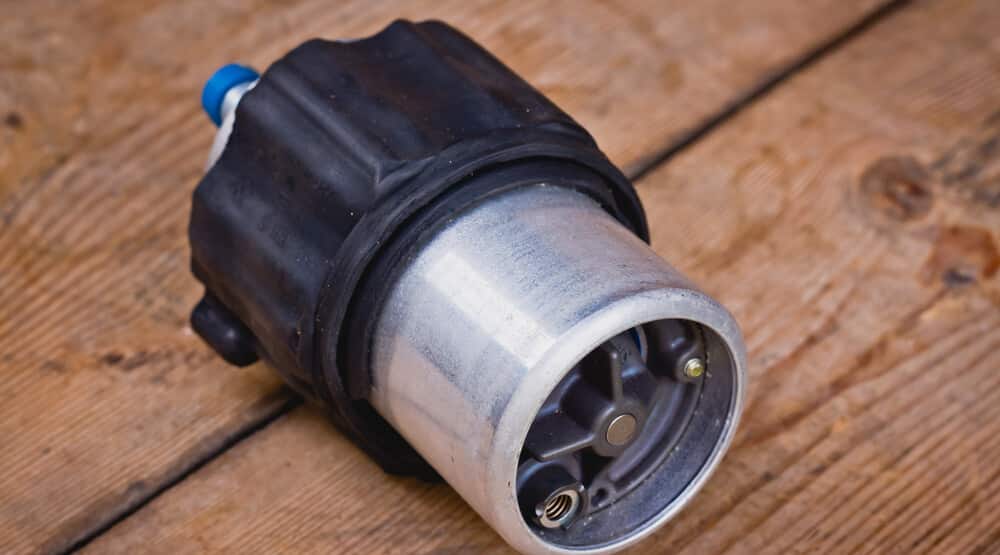
Unless you have experience working with fuel pumps, you may be better off taking your car to a professional for diagnosis. Otherwise, we have some simple steps for you to consider.
- Evaluate the symptoms first. Many symptoms can be related to other issues, so it’s wise to look at the whole picture before you decide that the fuel pump might be the problem.
- Replace the fuel filter. It should be changed as part of the regular maintenance and a clogged fuel filter can cause many of the same problems.
- Locate the fuel pump access panel. Many cars provide access to the pump through the interior of the car or the trunk.
- Test the fuel pump with a multimeter. Ensure that 12v+ power is sent to the fuel pump.
- Test the fuel pressure through the port on the fuel injector rail.
- Compare this reading to the manufacturer’s specs.
If everything seems to be working as it should, there’s another problem you are missing. Take it to a local mechanic for more support.
How Much Does It Cost To Replace A Fuel Pump?
The average cost for fuel pump replacement is $800 to $1,300. The price depends on your vehicle type and where you live. On average, expect to spend about $300 to $600 for the pump and another $500 to $700 for the labor.
It’s not always easy to replace the fuel pump. However, if you can do it yourself, you will save a good amount of money.
Is it OK to drive with a bad fuel pump?
You don’t want to drive with a failing fuel pump because you never know when it’s going to quit. If the pump gives out, the engine will starve and won’t be able to run. The car could stall while you are in traffic, putting you in a dangerous situation. Instead of chancing it, have the pump replaced.
What causes a fuel pump failure?
Fuel pumps fail due to electrical malfunctions. They also become contaminated by moisture, dirt and bad gas. Aside from that, old age can take a toll on the fuel pump. Whatever the cause, the fuel pump can fail without any warning. If you notice symptoms, you want to get the problems resolved quickly.
What does a failing fuel pump sound like?
When the fuel pump is damaged, there’s a loud whining noise that comes from the tank. It’s the same sound you may hear when the tank is low on fuel or you’ve gotten bad gas. When everything is running as it should, the only noise coming from the fuel tank should be a low hum. Anything else indicates trouble.
Do fuel pumps fail suddenly?
When a fuel pump fails, it can happen suddenly, without warning. This unpredictable failure often occurs without any symptoms that something is broken. The more mileage the vehicle, the higher the risk of a sudden fuel pump failure. If you do receive a warning, it’s best to replace the pump immediately.
What is the average life of a fuel pump?
The car’s fuel pump should last 100,000 miles or more in optimal conditions. It’s rare for a fuel pump to be changed more than once in a car’s lifetime. To keep the pump in good condition, you should always have at least a ¼ tank of fuel and choose high-quality fuel stations to avoid bad gas.
One of the worst failures to deal with while on the road is a bad fuel pump. Without any warning, you could suddenly find yourself with a stalled engine that won’t restart. You would have to try to get off of the road safely, which can be stressful for inexperienced motorists.
If you do notice any signs of the fuel pump failing, it’s best to replace it promptly. Otherwise, your next drive could put you in danger. Of course, you can also take steps to prevent the fuel pump from failing simply by carefully choosing the fuel you use and making sure the tank has at least ¼ of fuel in it. Prevention is always better than repair, especially when dealing with this costly failure.
Categories: Engine
